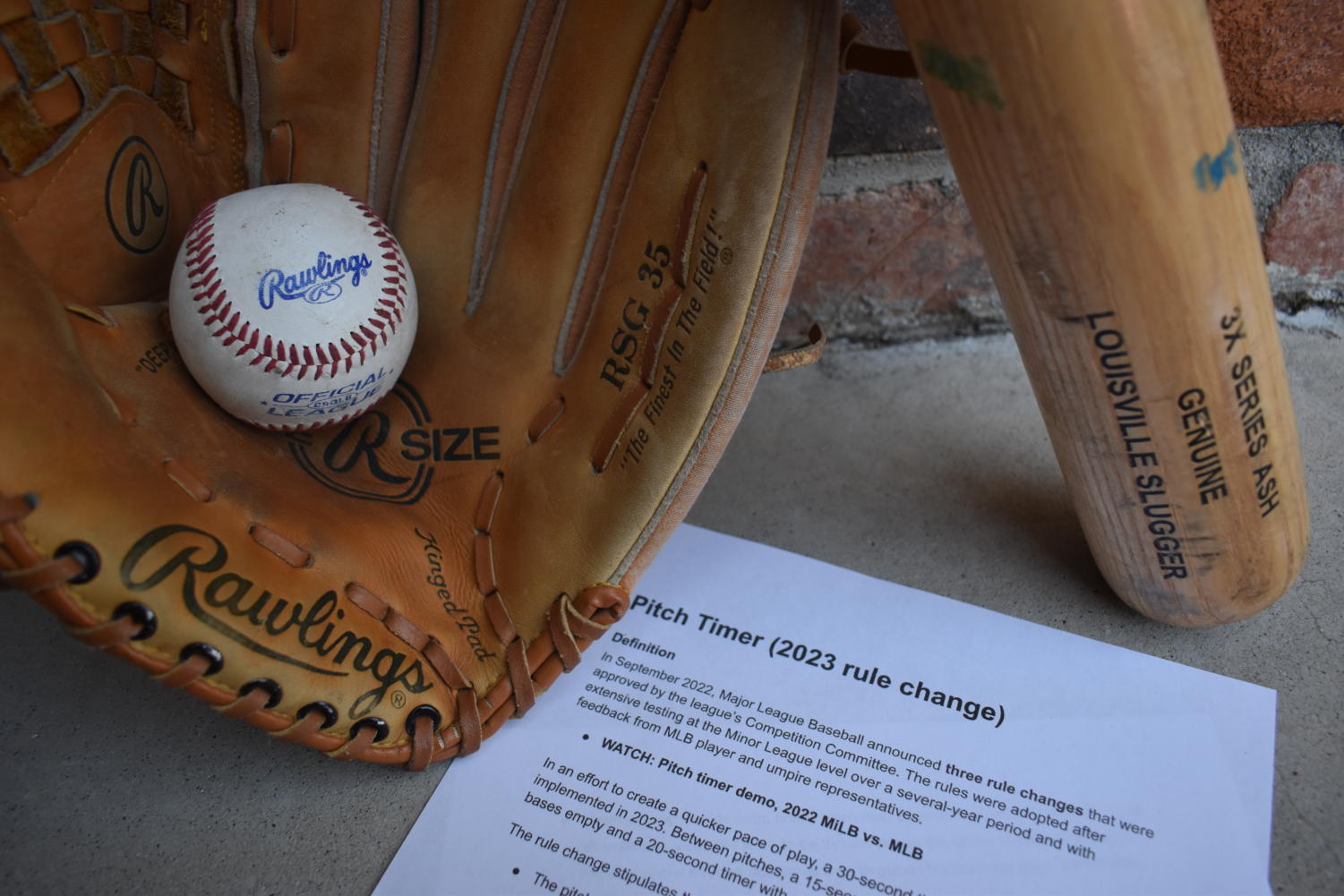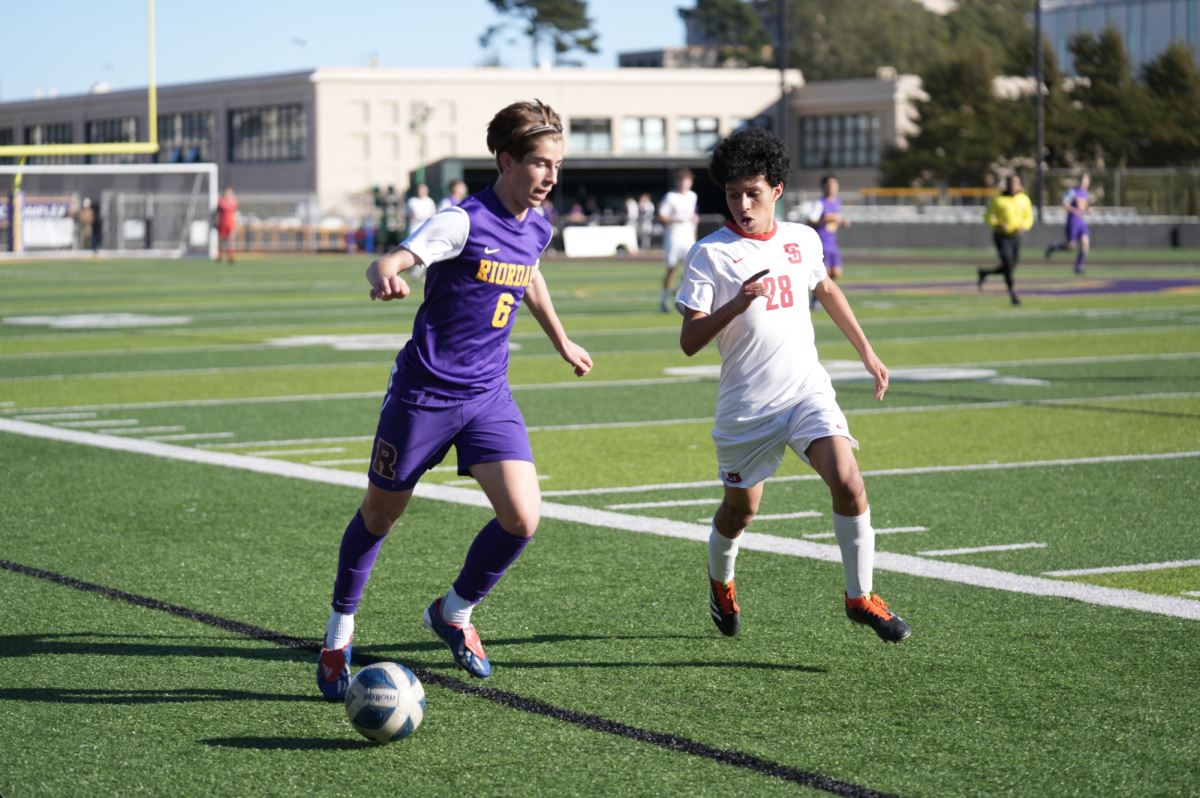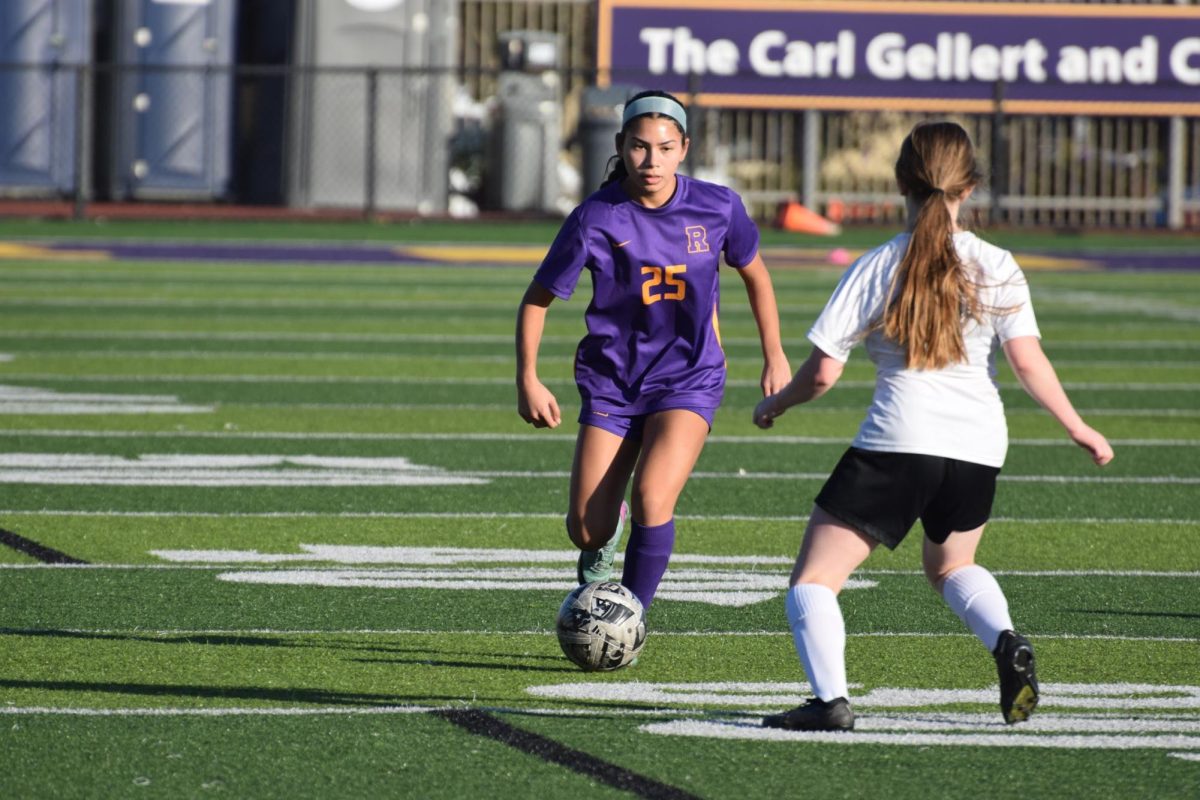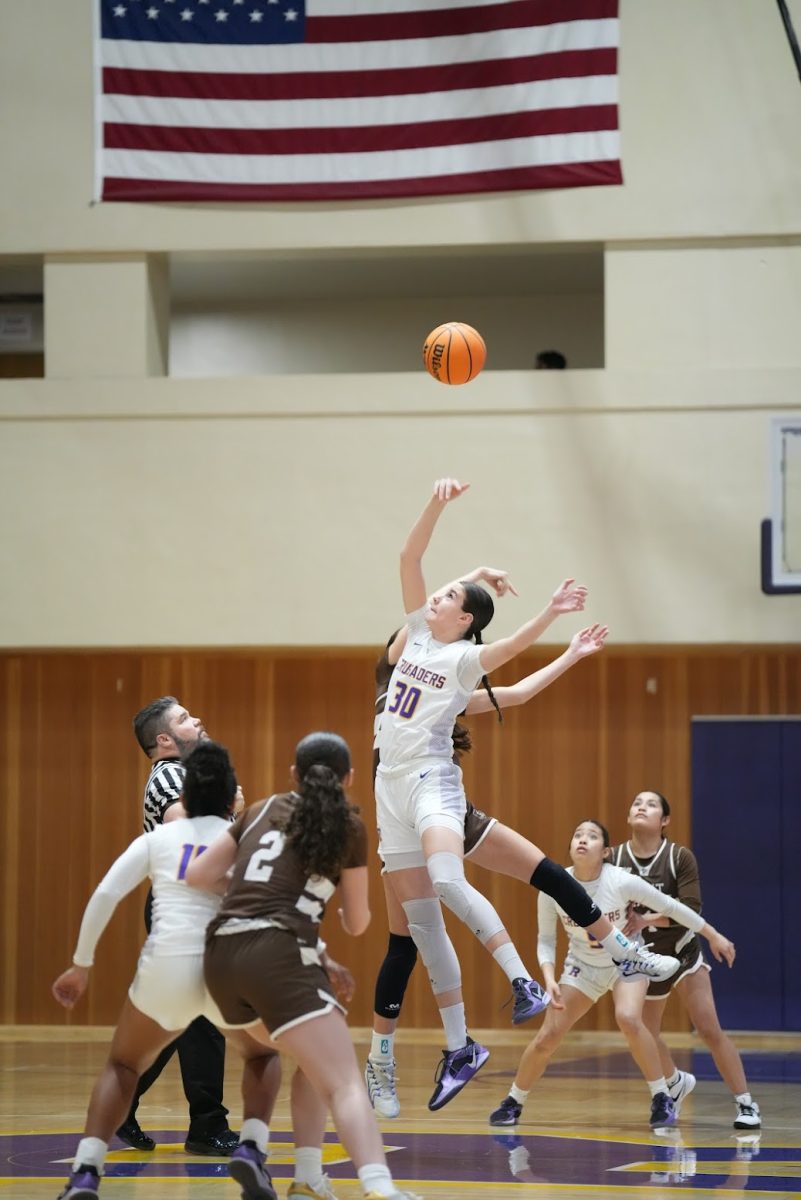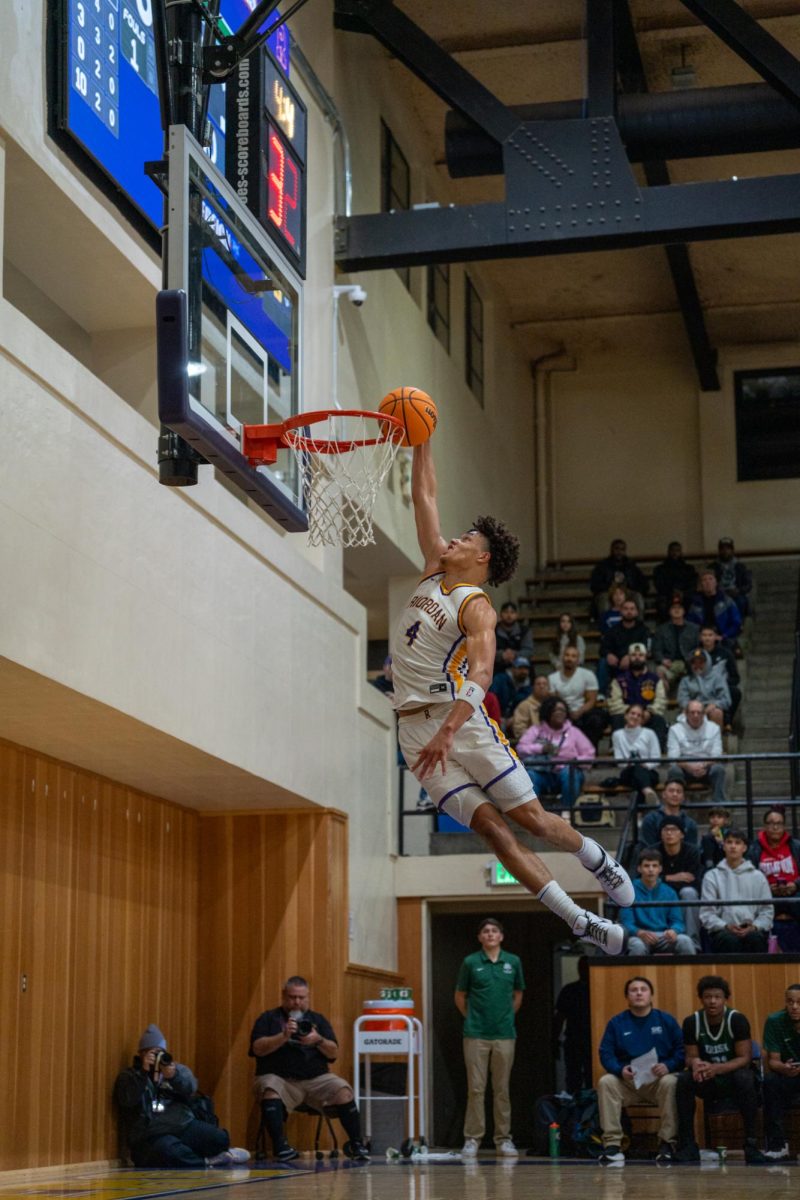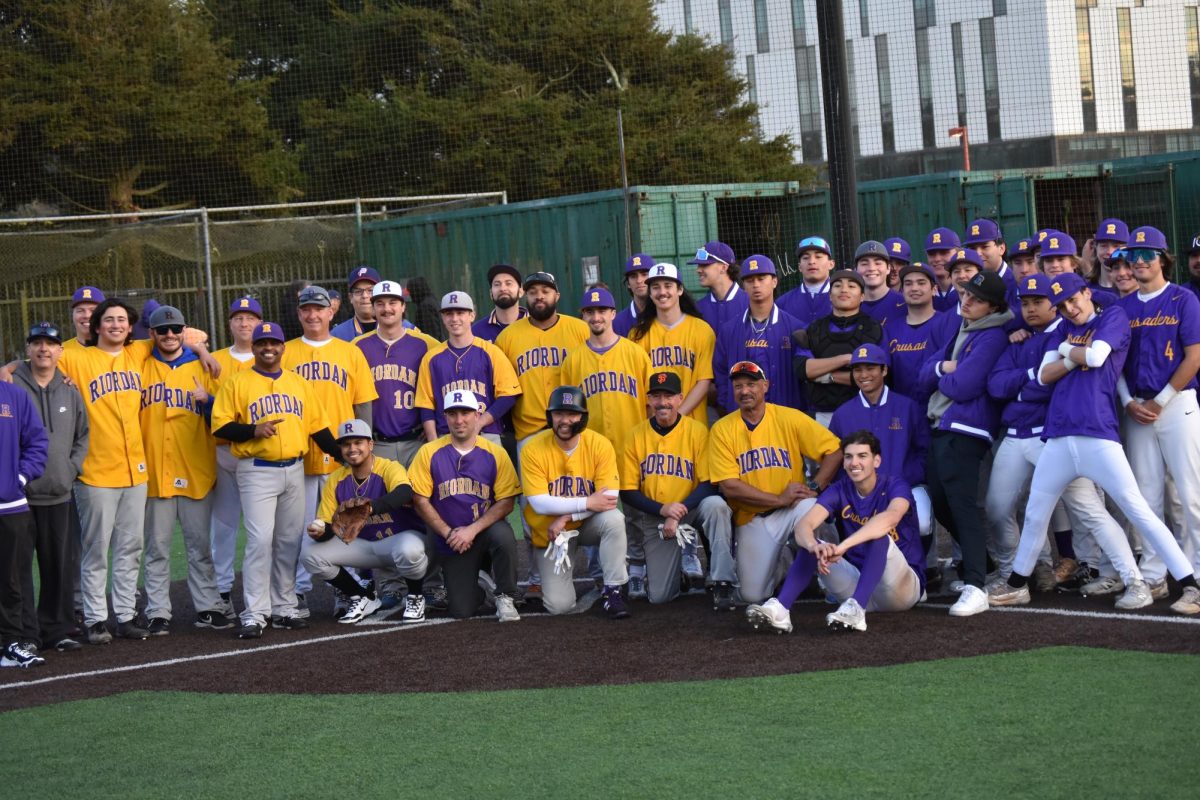In 2021, the MLB went into a lockout that would change the course of the sport for years to come. The lockout was caused by the contract between the MLB Players Association and the MLB itself expiring. After exactly 99 days of having no MLB activity, on March 10, 2022, a new agreement was finally reached, which included a joint competition committee between the two sides to establish a few new rules set to take effect in the 2023 season.
One of these rules would introduce a brand new pitch clock to the major leagues. Similar to the NBA’s “shot clock,” the pitch clock would enforce a pitch to be thrown in a certain timeframe. If the bases are empty, the clock would start at 15 seconds and if a pitch is not thrown before the clock reaches zero, it would result in an automatic ball. If there are any runners on base the clock would start with 20 seconds instead. The rule also states that the batter must be standing and ready in the batter’s box by the time the clock has reached 8 seconds, otherwise a strike will be distributed against the batter.
This new rule also limits the amount of pickoff moves a pitcher can throw to just two, and how many times a batter can call a timeout to one. This specific portion of the rules will contain many unintended consequences due to baserunners being able to get much bigger leads because they know they will not be able to be picked off and stolen bases could increase as a result. The pitch clock was not the only newly introduced rule. As a part of the new agreement, MLB implemented bigger bases. The bases were expanded from 15 inches square to 18 inches square. Although it may not seem like a major difference, baseball is a game of inches and this will most definitely have an impact on the basepaths. The hope of this rule was to greatly increase stolen bases, which it will succeed in.
The last of these major rule changes comes in the form of a shift limit. This new “shift ban” would
limit many of the shenanigans there have been in recent memory and bring back more traditional defense. The rule states that the defense must all be in the infield dirt by the time the pitch is thrown or else a ball is awarded to the batter –– they must also be on their side of the infield. The idea of this rule is to increase offense around the league and allow for more hits. This will greatly help players who have trouble hitting against the shift, such as Brandon Belt.
All these new rules were implemented in hopes that they would increase the pace of play as well as offense around the league, although some fans have very mixed opinions about these changes and believe that they are “stupid for the game.”
Andres Roca ’25 had some choice words to say about the new changes in the MLB.
“I feel like they [the rules] are contradictory. They want to increase the pace of play but introduce rules that will slow down the pace of play,” he said. “The shift rule will allow for more hits, but with more hits comes longer innings. As for the pitch clock, I think it’s stupid for the game and it’s gonna take a lot to get used to.”



